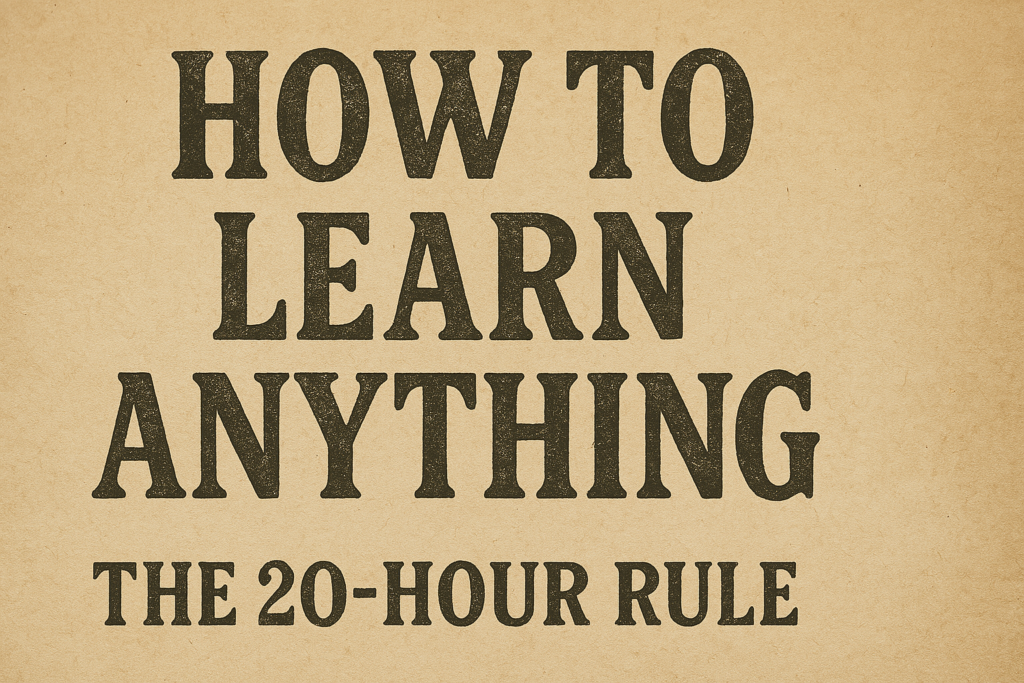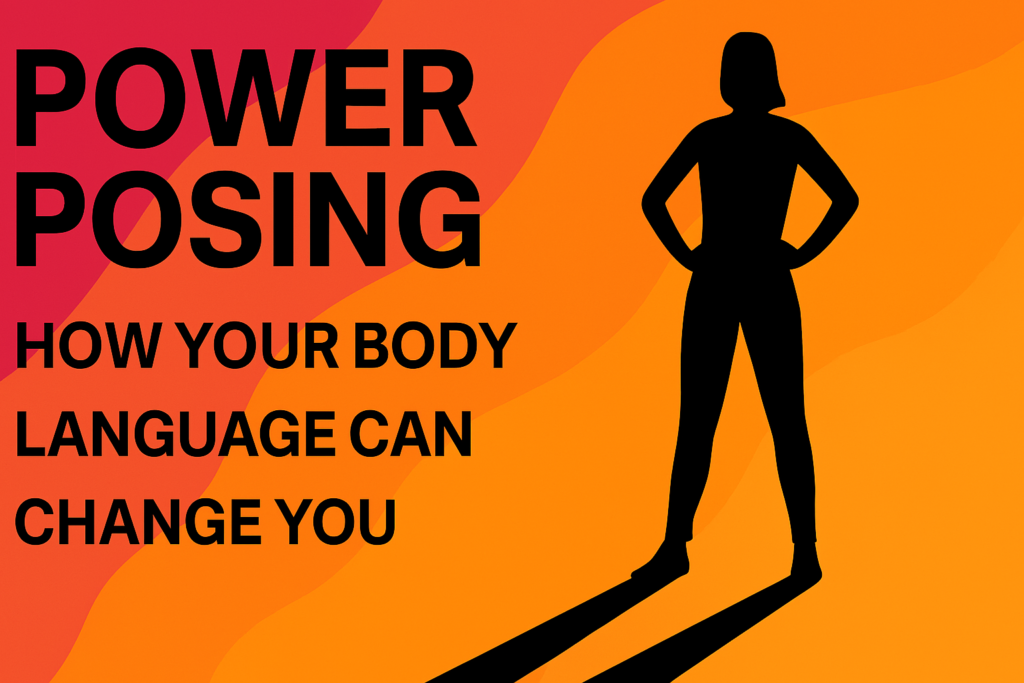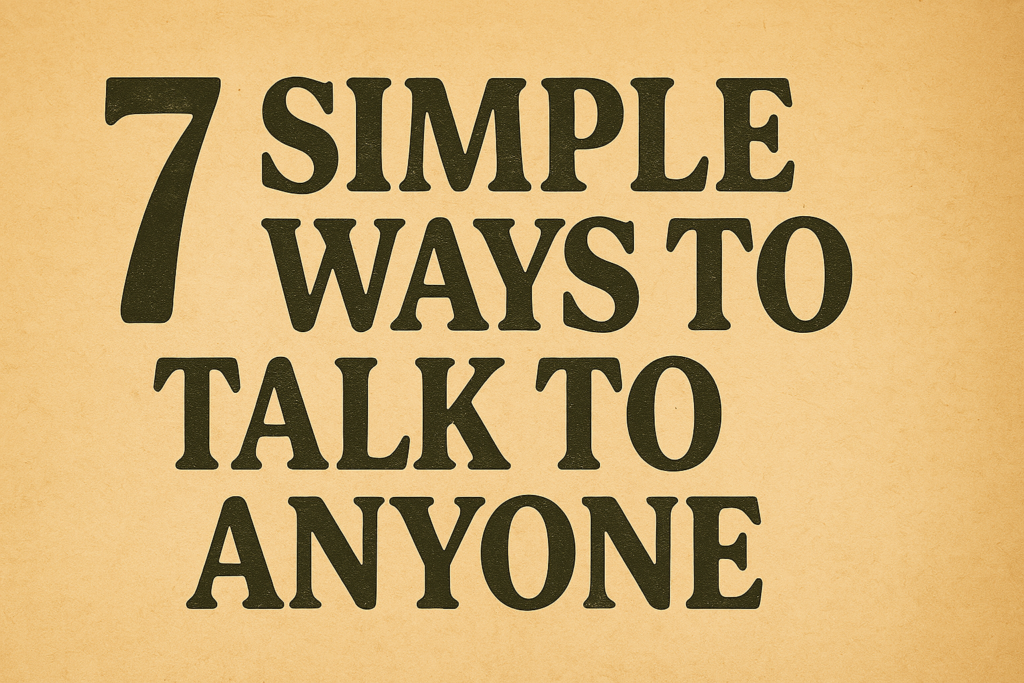The 20 hour rule, Have you ever wanted to learn something new but felt like you didn’t have the time? Maybe you thought it would take years to get good at it. The idea that it takes 10,000 hours to master a skill might have scared you off. But what if I told you that you could become reasonably good at something in just 20 hours?
The Myth of 10,000 Hours
The 10,000-hour rule comes from studies of experts in fields like sports and music. Researchers found that the best performers practiced for about 10,000 hours. This led to the idea that anyone could become an expert with enough practice.
However, this rule was misinterpreted. It’s true that 10,000 hours of practice can make you a top performer. But it doesn’t mean you need that much time to learn a new skill for your own enjoyment. You don’t need to be an expert to have fun and feel good about what you’re learning.
The Learning Curve
When you start learning something new, you’re usually not very good at it. But with a little practice, you improve quickly. This is called the learning curve. You make rapid progress at first, then improvement slows down as you get better. The first part of the learning curve is the most efficient. You can gain a lot of skill with just a small amount of practice.
The first few hours are tough, as you feel incompetent. But by pushing through that initial frustration, you can reach a level of skill that is both useful and enjoyable. This is where the 20-hour rule comes in.
The 20-Hour Solution
You can go from knowing nothing to being reasonably good at a skill in just 20 hours of focused practice. That’s about 45 minutes a day for a month. It’s a manageable amount of time, even for busy people.
Twenty hours is not a long time. Learning a language, drawing, or playing an instrument is possible with 20 hours of practice. The key is to practice in the right way.
Here’s a method to use your 20 hours wisely:
- Break Down the Skill: Figure out exactly what you want to be able to do. Then, break the skill into smaller parts. Focus on the most important parts first. This lets you improve quickly. For example, if you want to learn to play the guitar, start with basic chords instead of trying to play complex solos right away.
- Learn Enough to Self-Correct: Get a few resources about the skill. This could be books, videos, or courses. But don’t spend too much time studying before you start practicing. Learn enough to recognize your mistakes and correct them. The learning process should help you notice and fix errors as you practice.
- Remove Distractions: Get rid of anything that will interrupt your practice. This includes TV, the internet, and social media. The fewer distractions, the more likely you are to practice. Turn off notifications on your phone, find a quiet space, and let your family know not to disturb you.
- Practice for at Least 20 Hours: Most skills have a point where you feel frustrated. Feeling stupid is not fun. If you commit to practicing for at least 20 hours, you can get past this feeling. Stick with it long enough to see real progress. Knowing that you only need to spend 20 hours can make the task less daunting.
These four steps can help you learn anything you want to learn.
Overcome the Emotional Barrier
The biggest challenge to learning something new isn’t intellectual. It’s emotional. We are often scared to feel stupid. Learning something new can be hard at first, and it’s easy to get discouraged.
But if you can push through that initial fear and frustration, you’ll be amazed at what you can achieve in just 20 hours. What skills have you always wanted to learn? Maybe it’s speaking a new language, playing a musical instrument, coding, or painting. Whatever it is, remember that the main barrier to learning isn’t a lack of knowledge, but a fear of feeling incompetent.
Final Thoughts
Learning new things can be fun and rewarding. Don’t let the myth of 10,000 hours hold you back. With the right approach, you can make real progress in just 20 hours.
(Source)




Pingback: Learning AI is Better Than a Degree: How To Build A Billion Dollar AI Company
Pingback: buy enclomiphene purchase uk
Pingback: sans ordonnance kamagra medicament nist prescrire
Pingback: androxal buy cod
Pingback: purchase dutasteride generic usa
Pingback: order flexeril cyclobenzaprine generic drug india
Pingback: cheap fildena uk cheap purchase buy
Pingback: order gabapentin uk online pharmacy
Pingback: generic itraconazole in nz
Pingback: order avodart from canada
Pingback: online order staxyn generic is it safe
**mindvault**
mindvault is a premium cognitive support formula created for adults 45+. It’s thoughtfully designed to help maintain clear thinking
**breathe**
breathe is a plant-powered tincture crafted to promote lung performance and enhance your breathing quality.
Your point of view caught my eye and was very interesting. Thanks. I have a question for you. https://accounts.binance.com/register-person?ref=IHJUI7TF
I don’t think the title of your article matches the content lol. Just kidding, mainly because I had some doubts after reading the article. https://www.binance.com/register?ref=IHJUI7TF
Can you be more specific about the content of your article? After reading it, I still have some doubts. Hope you can help me. https://www.binance.com/pl/register?ref=UM6SMJM3